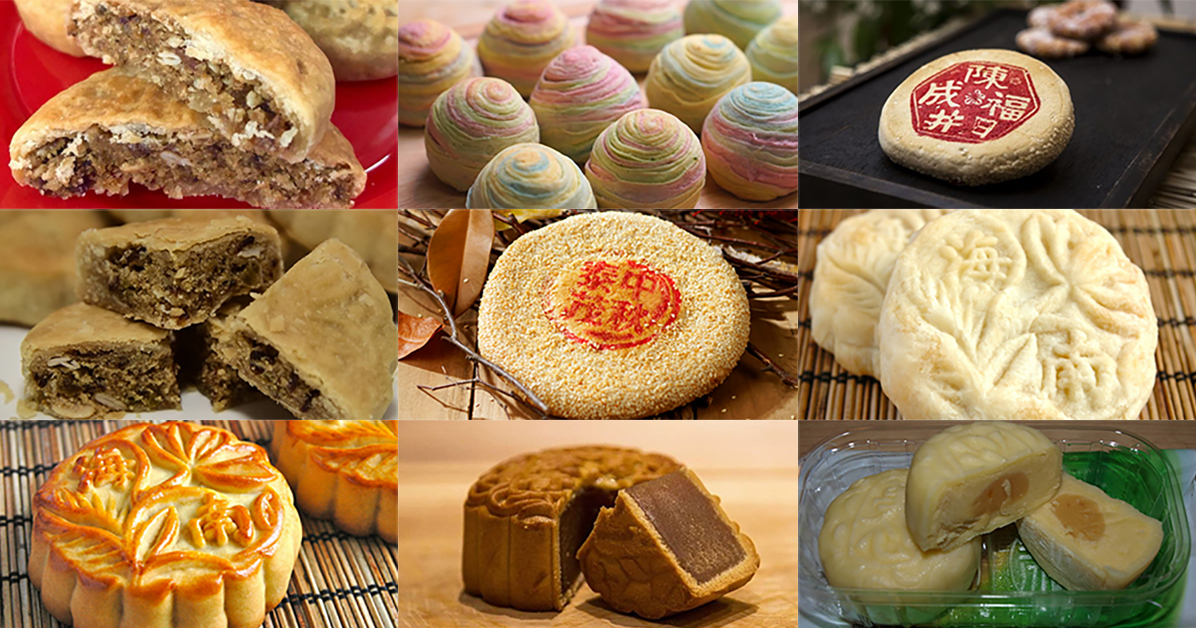The Mid Autumn Festival is upon us again and so is the onslaught of mooncakes.
Mooncake is one of the Chinese customs our ancestors brought along with them to Singapore.
Therefore, it came as quite a surprise to learn that Hainanese mooncakes, also known as Salt and Pepper Mooncakes, originated from a confectionary along Purvis Street.
Different varieties of mooncakes
But first, here's a quick introduction to the various types of mooncakes.
Most of us are accustomed with Cantonese-style mooncakes, which have a baked exterior encasing lotus paste.
Originating from Guangdong province, it is the most common variety in Singapore.
You might have also come across the Teochew variety, the most common being the flaky pastry containing yam paste.
 Teochew yam mooncakes. Via YouTube.
Teochew yam mooncakes. Via YouTube.
There is also the more traditional Teochew mooncake, which looks like a white disk containing sugar, citrus peel, five spice powder, and topped with white sesame seeds.
This type of pastry is called la bia ("la" refers to pork oil) and hails from the Chaoshan region in China.
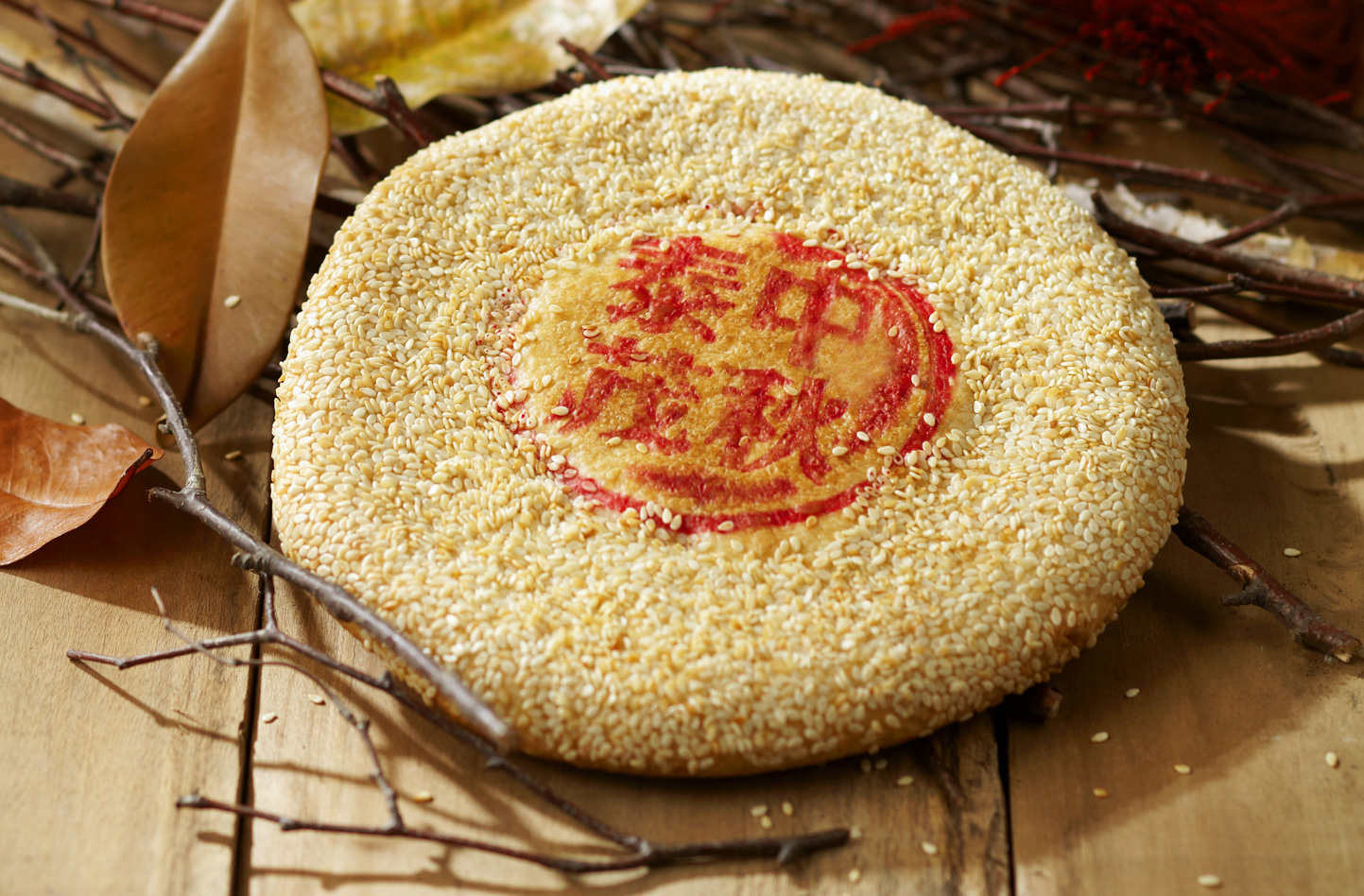 Traditional Teochew mooncake. Image credit: Thye Moh Chan.
Traditional Teochew mooncake. Image credit: Thye Moh Chan.
Even more obscure are the Hokkien and Hakka varieties.
The Hokkien mooncake resembles a white moon and was traditionally given to scholars who sat for the imperial examinations in ancient China.
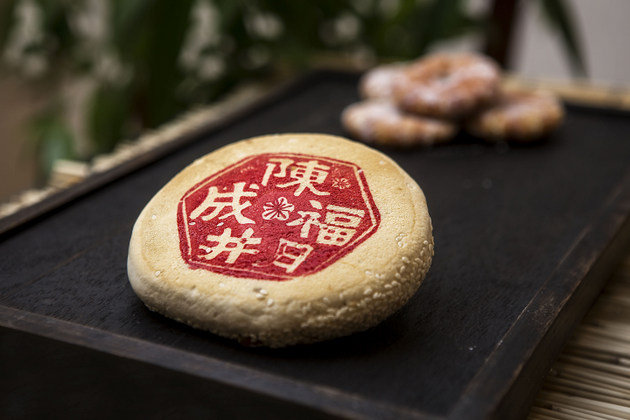 Hokkien Mooncake. Via Makansutra.
Hokkien Mooncake. Via Makansutra.
They were known as "scholar cakes" and size did matter - the best performing scholar would receive the biggest cake, which could weigh up to 750g, according to the Michelin Guide.
These scholar cakes have a sweet filling comprising candied winter melon, melon seeds, tangerine peel, sugar, and lard.
There's very little information about Hakka mooncakes, but according to the Michelin Guide, they are made of glutinous rice flour and sugar and were traditionally used as offerings to the moon.
The Hainanese Salt and Pepper Mooncakes
These salt-and-pepper mooncakes are called Su Yan Bing (酥盐饼) in Chinese.
If you've never heard of these, it's because they are very rare these days.
First created by Nam Tong Lee, a Hainanese confectionary along Purvis Street in the 1920s, the mooncakes were actually inspired by Shanghainese Su Bing (酥盐饼) or flaky biscuit. It cannot be found back in Hainan.
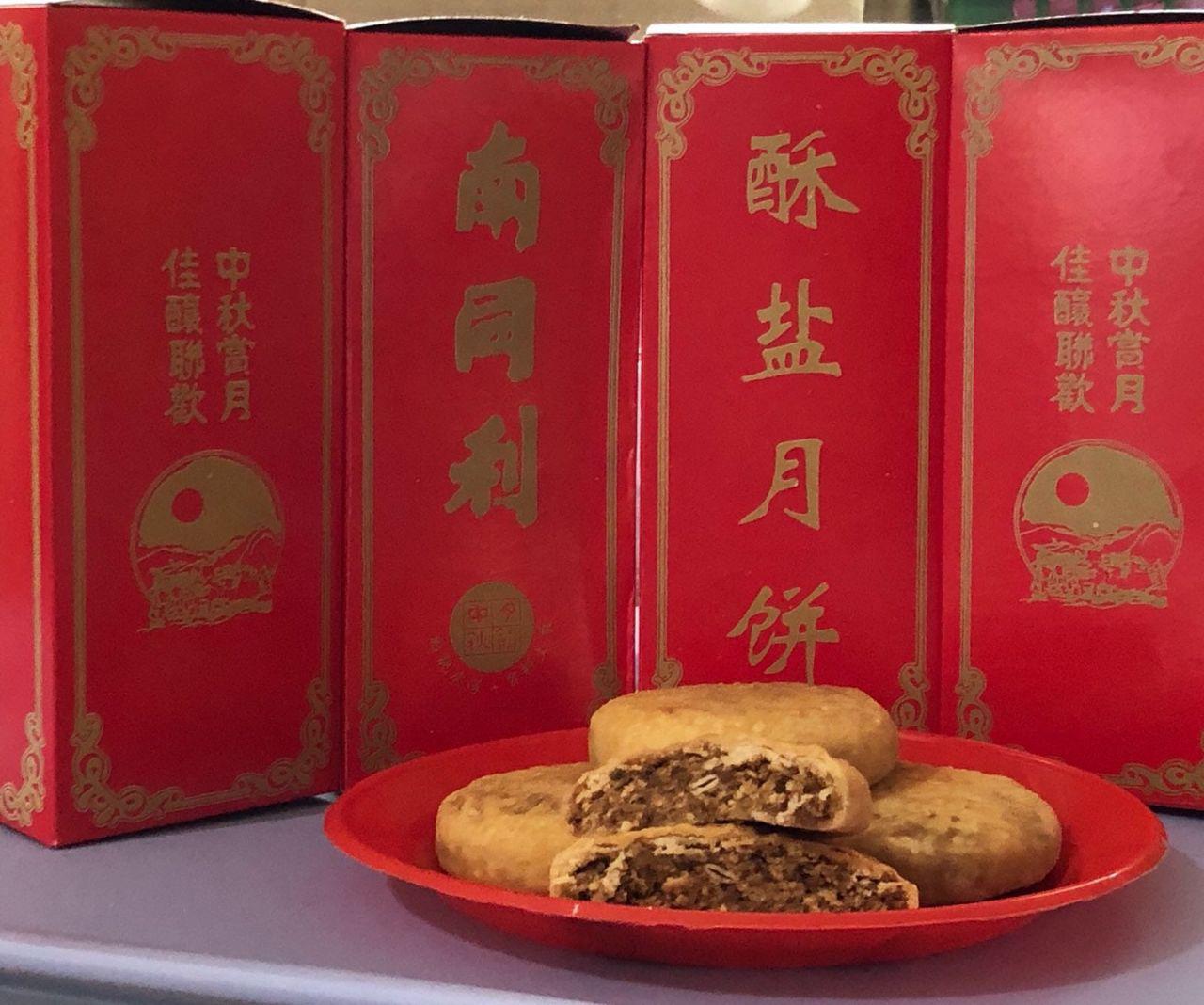 Hainanese mooncakes in the distinctive Nam Tong Lee boxes. Courtesy of Simon Goh.
Hainanese mooncakes in the distinctive Nam Tong Lee boxes. Courtesy of Simon Goh.
According to a descendent of the family who ran Nam Tong Lee, these mooncakes were created because poor Hainanese families could not afford the relatively expensive Cantonese mooncakes.
The confectionary decided to create their own mooncakes, which were smaller and cheaper than the regular Cantonese mooncakes.
Ingredients that go into making the filling include: Fried onions, lard, salt, white pepper, rose-flavoured white sugar, sesame seeds, melon seeds, and dried wild tangerine skin peel.
This gives the mooncake a distinctive blend of flavours, including umami, sweet, tangy, and slightly spicy. Achieving this balance of flavours is difficult, making it hard to replicate.
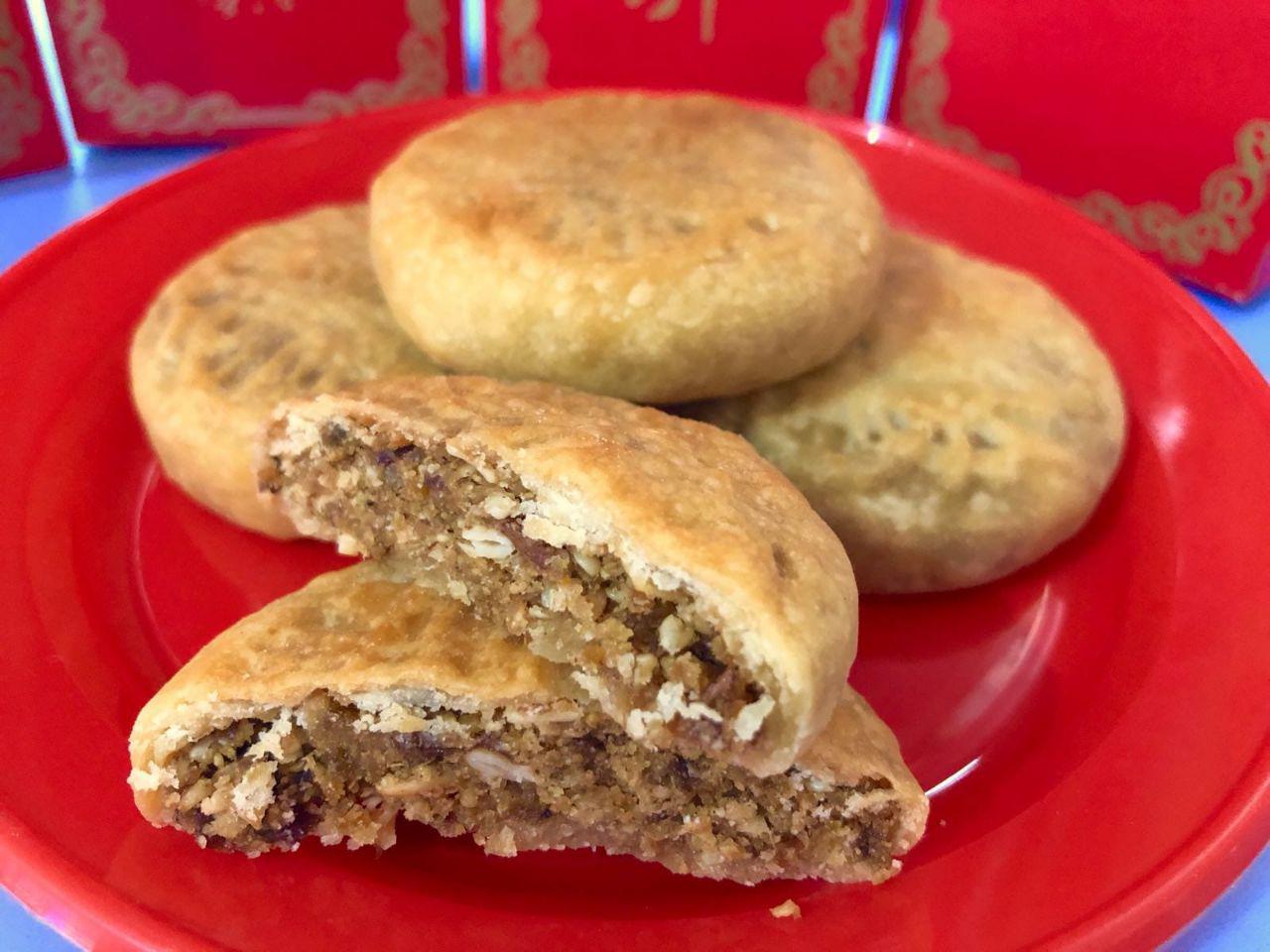 Hainanese mooncakes from Nam Tong Lee. Courtesy of Simon Goh.
Hainanese mooncakes from Nam Tong Lee. Courtesy of Simon Goh.
Where to get Hainanese Mooncakes
Unfortunately, due to family conflict, Nam Tong Lee closed its physical shop in 2006.
The business is still being run by the third-generation owner Wong Eng How, who produces the mooncakes in a Batam factory and ships them over to Singapore daily.
The Nam Tong Lee mooncakes (S$16 for a box of eight) can be ordered via Hainan Xiaochi, a Toa Payoh hawker stall that specialises in rare Hainanese delicacies:
Alternatively, Chuan Ji, an offshoot of the original Nam Tong Lee also offers the Hainanese mooncake (which they call Hainanese Flaky Biscuit).
They sell it at S$28 a box containing two rolls of five pieces.
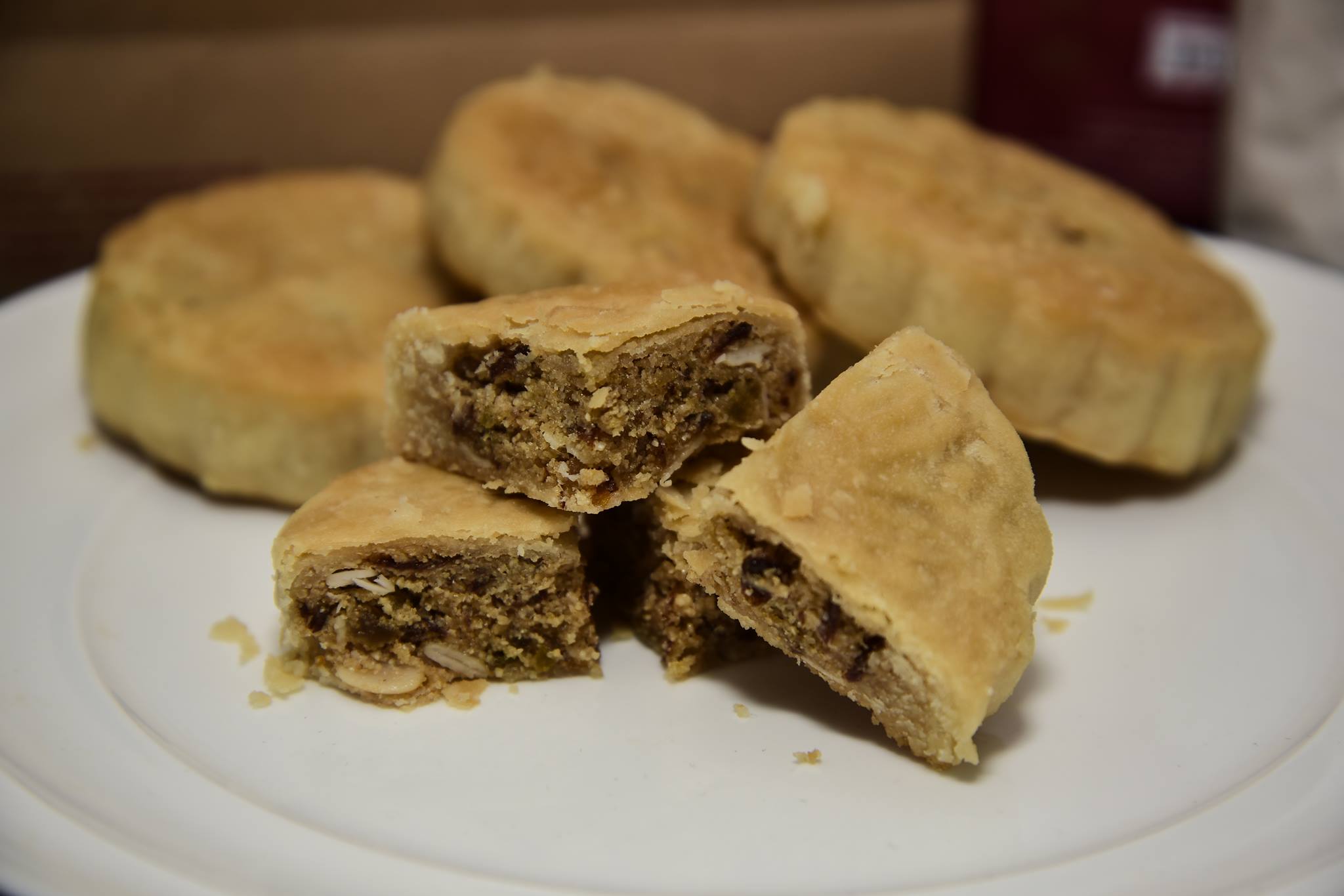 Chuan Ji's Hainanese mooncakes (or flaky biscuits). Via Facebook.
Chuan Ji's Hainanese mooncakes (or flaky biscuits). Via Facebook.
[related_story]
Lastly, Amethyst Pastry & Cakes, a small bakery in Bukit Panjang sells the Hainanese Pepper Salt Crispy Mooncake (S$5.50 each, S$42 for eight). This has a flaky exterior and contains dried fruits, nuts, and spices.
They also sell a variant (Hainanese Fusion Mooncake) containing the same filling, but with a baked Cantonese crust for the same price.
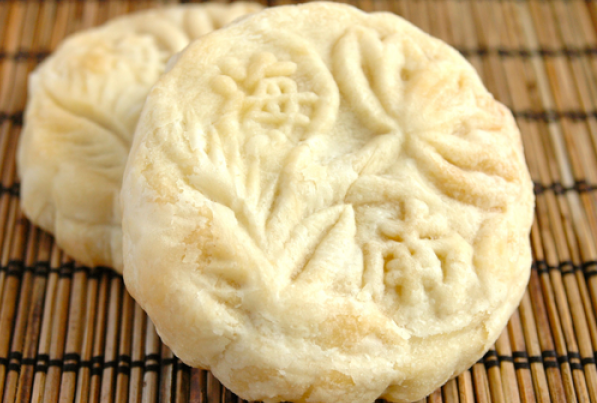 Hainanese Pepper Salt Crispy Mooncake. Via Amethyst Pastry and Cakes.
Hainanese Pepper Salt Crispy Mooncake. Via Amethyst Pastry and Cakes.
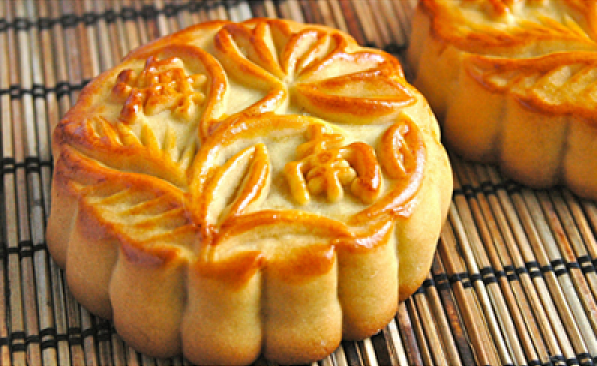 Hainanese Fusion Mooncakes. Via Amethyst Pastry and Cakes.
Hainanese Fusion Mooncakes. Via Amethyst Pastry and Cakes.
Top images by Simon Goh and Chuan Ji
If you like what you read, follow us on Facebook, Instagram, Twitter and Telegram to get the latest updates.
